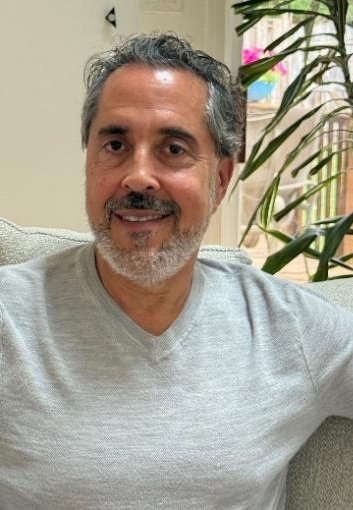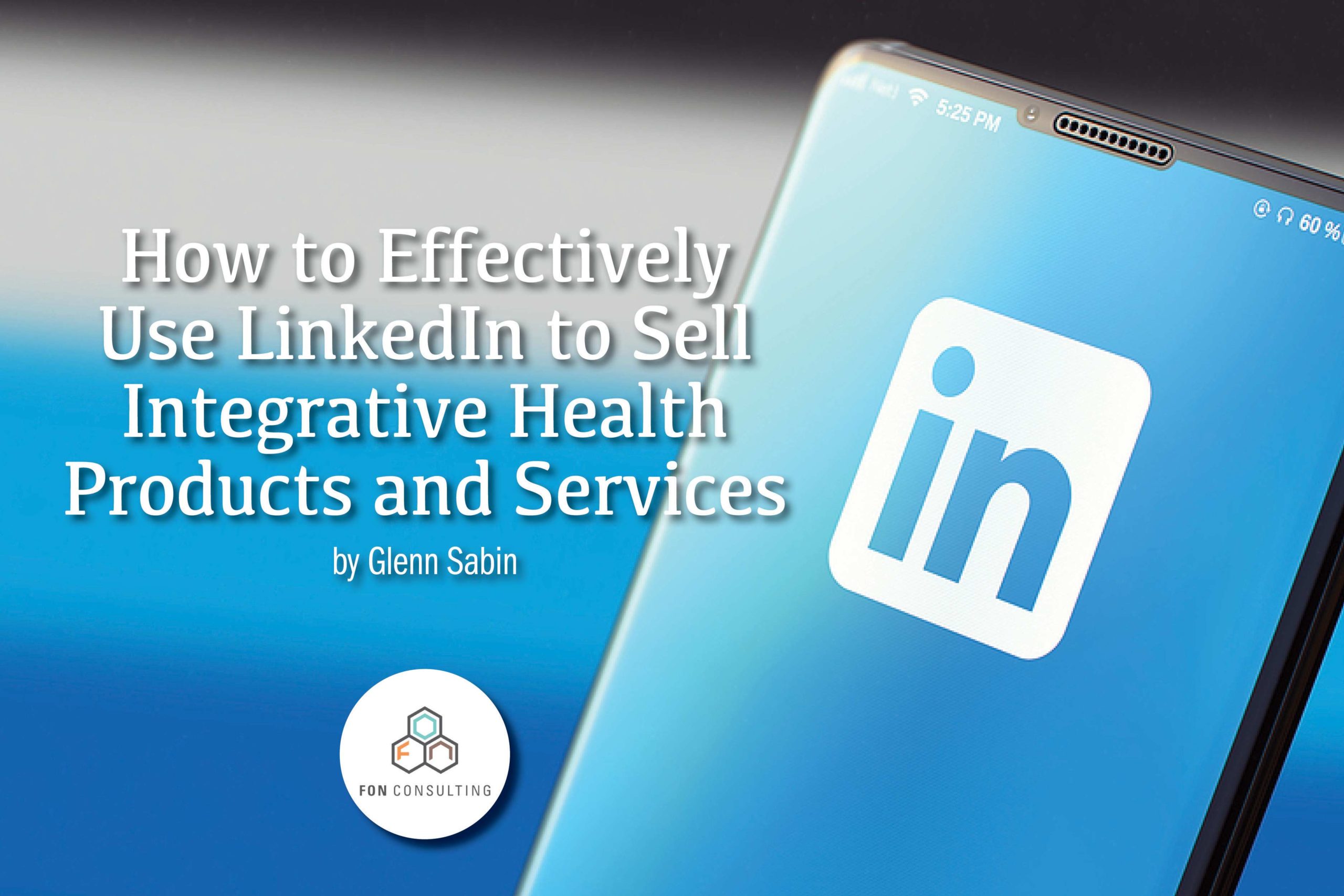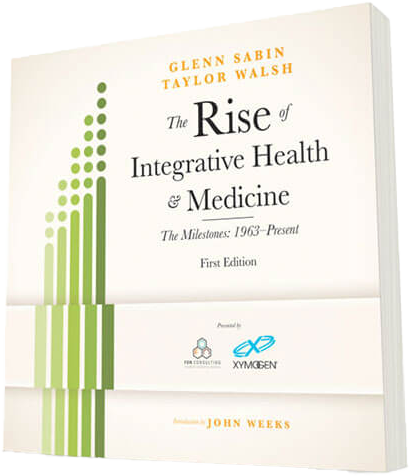8 Steps to Negotiating Integrative Medicine within Institutional Settings
By Glenn Sabin

John Weeks recently shared a post by Christian Nix entitled Ten Cardinal Sins Acupuncturists Make, illustrating how an acupuncturist might pragmatically get in the door of an institution, gain acceptance and ultimately, a gig. More to the point, it explains what not to do.
I regularly write and speak on integrative medicine within institutional settings, and how best to secure physician and administrative leadership support. Thus I strongly relate to Nix’s piece.
The main takeaways are:
- Clinical skills are important but communication and presentation is paramount
- Don’t oversell “holistic” knowledge and expertise, offer solutions to care
- Don’t make upfront assumptions about the “deciders”; learn their needs and challenges: ask the right questions and do lots of listening
- Focus on the pithy definition of holistic: Reductionism treats disease; holism treats patterns
- Don’t present to physicians without having a next-steps action plan in place
- Be proactive: follow up and build bridges, but never chase
Moreover, Nix’s post discusses honing professional personas and how and when to get into discussions of money; personalities and psychology. It’s worthwhile reading even if you are not an acupuncturist as much of the advice is transferable to essentially all integrative health disciplines.
As a consultant I regularly advise mid-career practitioners–across disciplines–on creating the ideal integrative leadership role within their specific health enterprise. Interestingly, this often centers on a viable role for a yet non-existent program or service line!
My clients often possess solid integrative health backgrounds and, of course, appropriate credentialing. Typically practicing within a traditional care delivery setting, they’re occasionally given latitude to introduce an integrative approach to clinical consults. This may even include some level of daily practice lifestyle coaching. Regardless, this care is contained within their own private clinical space. In effect, practicing solo in a silo.
Enjoying this article? Subscribe and get our latest, delivered straight to your inbox.
Whether a primary care MD or specialist, she is all too often burned out. After a couple of decades of clinical practice, she is still far from retirement but readier than ever to deliver true wellness based on the tenets of lifestyle medicine she truly believes in, but is largely missing from her daily repertoire.
Feeling a deep sense of obligation to her patients, colleagues and community, she greatly desires change at a higher, more meaningful level. Clearly needing corporate or institutional buy-in, she must first convince others—colleagues and administrators—of the true merits and value of a preventive, proactive, participatory and patient-centered approach to care. But… where to begin?
Here’s my basic approach to navigating the institutional buy-in process.
1. Examine the Population Served
Answering these questions is critical:
- Is the existing or targeted institution in a major, secondary or rural market? Are the patients served primarily affluent, indigent or a demographic mix? Break that down and accurately assess.
- How does the general health of the population compare to national averages for major categories of chronic conditions—i.e., obesity, diabetes, heart disease, hypertension, depression?
- What is the payer mix, i.e., insurance, CMS, uninsured?
2. Due Diligence of Local Competition
Take a close look at the hospital-based systems, medical centers and other institutions in your community. Whether operating as for-profits or non-profits, they are all looking to survive and thrive in this unprecedented economic and regulatory environment.
Determine which organizations currently offer integrative and lifestyle medicine clinical programs or wellness oriented educational programs and community outreach. Capture all aspects: clinical models, business models (i.e., how are services paid for or otherwise funded?).
3. Find Your Champion(s)
As Nix mentions in his post, locating and courting integrative health champions within an institution is paramount to gaining buy-in. Champions may be found among the administrative staff, the board, within the entity’s foundation—perhaps within a board of governors—even s among existing philanthropists who support the organization’s core mission.
Your champion may be a physician, nurse, chaplain or rabbi. I’ve spotted them across institutional landscapes, disciplines, titles and roles. It’s not rare for a wealthy spouse of a former patient—after learning firsthand about the importance of caring for the “whole” person—to champion newly-developed integrative programs and services.
4. Accountable Care Act and Accountable Care Organizations
Is your target institution an existing accountable care organization? Is it planning to become one? Is it a hospital gobbling up primary care practices? Does it manage patient-centered medical homes (PMCH)?
The ACA and what I call ACA 2.0 (which will be here before we know it) is beginning to shift how institutions and providers are reimbursed and incentivized. ACOs are reimbursed at higher levels to reduce hospital re-admissions and improve patient satisfaction rates. If a CMS (Medicare, Medicaid) patient is hospitalized longer due to preventable infections, the institution loses money through “partial” reimbursements. Those extra days of hospitalization will not be covered.
This shift brings renewed focus to the precepts of health promotion, education, true prevention and the core tenets of integrative health.
And then there’s the currently contested non-discrimination clause of ACA’s Section 2706, which in theory ensures that licensed practitioners of naturopathy, chiropractics, massage, midwifery and acupuncture working with their scope of practice will be reimbursed through the newly developed insurance pools. Is your local institution aware of this change slated to go into effect January 1, 2014?
In this environment, what institutions can afford to ignore the three-legged stool of proper nutrition, exercise and stress reduction in meeting the requirements and receiving the benefits of being an ACO or PMCH?
This is your opportunity. Are you ready?
5. Focus on the Bigger Economics and Opportunities
As a standalone service line, integrative health services, including new patient consults, massage, acupuncture, nutrition, and clinical exercise programs, tend to be high-touch, low-tech and low margin services. Sometimes covered by third-party payers, handled via direct pay or otherwise subsidized by the institution itself or even by philanthropic support of which I am not a big fan.
From a realistic profitability standpoint, even when properly messaged and marketed, there is just no comparison between integrative health services and education that truly promote wellness and more lucrative service lines such as surgery, imaging and cardiovascular and radiation therapy.
However, from a strategic economic standpoint, brand loyalty and customer retention is highly coveted by all industries and enterprises. Consequently, the provision of health education resources—community outreach and experiential included—combined with an integrative medicine clinical program customized to your institution’s unique demographics and needs, is KEY to long-term commercial success.
Simply put, a properly designed, resourced and messaged integrative health program can achieve the holy grail of any business: greater brand loyalty, higher customer retention and new market share.
6. Leverage the Literature
Mounting evidence published in major medical journals—indexed on Medline and PubMed—emphasizes the importance of proper nutrition, exercise, stress reduction and overall behavioral change for creating and maintaining good health. When sharing your integrative vision and building your coalition, you must share this literature liberally, albeit carefully, without lecturing.
7. Keep it Simple
If you propose a basic launch program adhering closely to the key areas in #6, you will likely get better reception from physician leaders and administrators alike. Remember, initial buy-in and proof of concept comes first while your ideal program can evolve over time.
8. Explain the Inexorable March Called Integrative Health
Virtually every major hospital system today, as well as over 55 academic centers nationwide, features an integrative medicine clinical program in some form. Additionally, so do thousands of private practices and centers.
The persistent institutional adoption of integrative medicine is fueled by a growing literature base and consumer demand supporting its use as standard of care.
Hospitals ignore integrative medicine at their own peril. I have said this before. It’s true for any size or type institution, regardless of customer demographics or the payer mix reality. There is a customized clinic and business model solution that can effectively work in almost any setting.
As the tipping point for integrative health as the standard of care inches ever so close, now’s the time for integrative-directed practitioners across disciplines to chart their next career chapter.
Start by taking a closer look at your local hospitals and other medical institutions. Assuming you do your homework and approach the process both carefully and strategically, you may be able to create a future that expands your career options. Ultimately, your pivotal role may bring a whole new level of wellness and prevention that is healthy and viable for you, your local institution, career and greater community alike.
About FON
FON is a leading integrative health and medicine business development and strategy consulting firm. FON specializes in custom solutions for growing patient volume, developing programs, and increasing product sales. Our practical business models are driven by innovative marketing, clear messaging, and customer engagement via branded storytelling.
Contact us today to schedule a complimentary 30-minute consultation to discuss your business development or personal brand needs.

Glenn Sabin, founder of FON and author of n of 1, is a nationally recognized thought leader who positions health innovators, enterprises, and organizations for sustainable growth. Leveraging deep experience in media, strategy, marketing, and business development—and his own compelling cancer journey—he champions personalized medicine and the generation of real-world data and evidence to help define a new, accessible standard of care.
Read Glenn’s story.





















